Memphis Hurrication Gustav – Day 3
An Epic Closing to An Unforgettable Experience
The last full day of my Great Memphis Hurrication Gustav was a great and epic one, and I hope that you are educated and entertained by the pictures and the stories that go along with them. Life is so short because there is so much to do, there is little reason to find new places and experiences “boring,” and I hope these images show that.
Reviewing
Those of you who have kept up with the posts about Hurricane Gustav can skip this paragraph that outlines blog posts leading up to this one.
- 28 August 2008 – The first Gustav post, showing trains in New Orleans before the floodgates were closed in anticipation of Gustav.
- 30 August 2008 – My evacuation from New Orleans into the path of the storm west of the city, which seems crazy, but read the post to see why I traveled into the path of the storm.
- 2 September 2008 – After riding out the storm with family, I escaped by zig-zagging via the highways that were open to the north to spend the aftermath away and in air-conditioning.
- 3 September 2008 – Day 1 of Memphis, showing trains and other things, and telling stories of being there, including an unimaginative Louisiana evacuee who said something that I thought was embarrassing.
- 4 September 2008 – Day 2 of Memphis, CN action on President’s Island, a detoured BNSF-CSX fly ash train, and an NS-to-UP train.
Downtown and Dr. King
We will have several pictures unrelated to railroads, though we will have some pictures of trains in this post.
Our first stop this morning is the Lorraine Motel, the place where, in April 1968, Martin Luther King Jr. was assassinated.
King had been staying in room 306 and was killed on the balcony. Standing here before where this historic event gave it more meaning to me.
The Lorraine Motel today is part of what is called the National Civil Rights Museum, and, when I got back home a few days later, people asked me if I had visited the museum.
I did not go into the museum. It was a calculated decision based on many factors. I thought that seeing the Lorraine Motel and the site of the assassination was the most important thing, there was an entry fee into the museum, and I wasn’t sure what I could see in the museum that I could not see in a book or on the internet. I guess I’m just accustomed to the free admission of the mueums in Washington, DC. Yes, had I had more time and money, I’d have paid the fee and gone inside the museum, and I know that museums really need funding, but I also hope that you see from the rest of the pictures that I spent my limited time in Memphis in a positive and productive way that I hope both educates and entertains you.
Wow, apparently the Kennedy assassination is not the only one that had a grassy knoll!
I went walk downtown toward the nearby Central Station, where we would see more than just railroad scenes.
That is Central Station at right. Let’s look to the left and see the streetcar line.
This place looks neat, and I wish that I had had more time to explore here. Looking at these pictures makes me more curious. Two days before, I heard a fellow Gustav evacuee from Louisiana say out loud in a restaurant on her telephone that “Memphis is boring.” As I say that looking at these pictures makes me more curious – with the hope that it does the same for you – I am reminded of Einstein’s statement that “the cure for boredom is curiosity” and that “there is no cure for curiosity.” Indeed. Let’s satisfy some curiosity by going to Central Station, seeing the FEMA train, and seeing the infamous sinkhole.
Central Station, The Memphis Sinkhole, and The Gustav FEMA Train From And To New Orleans
Here we are in Central Station, the passenger train station in Memphis, which sadly only has one passenger train anymore, the City of New Orleans between Chicago and New Orleans, but which today had another train here because of Gustav.
Oh, wouldn’t it be nice if the Rock Island still served here?
Now, it’s time to look at the FEMA train, which had run from New Orleans to Memphis before the storm, I believe on Saturday, the same day that I evacuated to Bayouland, but I can’t remember. Do any of you? Here is one of the Connecticut SPV (self-propelled vehicles) cars used in the train.
Yes, we are far from Connecticut here.
Now, here is the great sinkhole that started in April 2008, and we’re looking south toward the big railroad junction that we saw two days ago.
Yes, isn’t that crazy? You can’t see it, but the track is – or was – just to the right at the end of the platform, going off into the sinkhole. Maybe people who are more knowledgeable of the sinkhole can comment on it and how it was eventually fixed, but here is an article from July 2009 about it and how the sinkhole disrupted Amtrak service to the city. I do remember that CN did not want to pay for the repair. Was it that the CN, the city of Memphis, and Amtrak, eventually agreed to split the costs for the repair?
The aforelinked article in July said that passengers had to be bused from CN’s yard, but this is September, and this FEMA train was at the station, albeit backing out toward the north and connecting via other lines.
Here is some water in the waiting area, water for people on the FEMA train that would leave back to New Orleans that night.
Back outside, we see someone protesting the National Civil Rights Museum.
As I passed, she seemed to want to come out and talk to me, but I wasn’t interested. Now, I halfway am.
I’m not sure why, perhaps because of the train in the background picture, but I went back to Central Station, and here we see the parked FEMA train and Connecticut SPV cars looking and pointed south, though remember that due to the sinkhole the train would have to back out that night.
Below is a view showing the train, the sinkhole, and the track leading to it.
That view showed the track leading to the hole, but in order to get you an idea of the scope of the sinkhole, I need to get closer, as our westbound train still passes in the distance.
How is that? CN serves some industries via that spur that goes off to the right. Here is the hole, and we can see the old culvert that collapsed and the new culvert being built in its place.
Now, back up on the track, let’s turn around and look north down the length of the train toward its rear, where there were more locomotives.
It was here at Central Station at this time that I met AP, who seemed to be freaked out that I knew who he was.
Our mutual friend HAFMO was at work, but I would return that night with him (HAFMO) for the departure of the FEMA train, and you’ll see pictures of that later on in this post.
Downtown, Up High, and Streetcars
AP decided to show me some street-car stuff and he invited me to the top of 10 Main Street where I was able to get great views of the city.
AP seemed to be an expert on the Memphis streetcars, and it seems that many of them come from Iberia or other places.
How is this? It looks like a pregnant termite just moving down the street.
Downtown Memphis has some interesting buildings with interesting designs.
Isn’t this neat?
Someone is doing some work on the side of the building.
I don’t know what all of this is, but maybe some of you who are knowledgeable about what these images show can add comments to the comments section.
Well, it’s time to come down.
Streetcar Time!
AP and I went back down to the street, and I proceeded to photograph the neat streetcar action.
Well, maybe Memphis calls them “trolleys.” I’m not sure what name is ‘correct.’ Below, we see the 452 going right-to-left.
We then see another car ahead of it.
These look very similar, at least in terms of operation, to the “streetcars” in New Orleans, but it seemed like Memphians called them “trolleys,” whereas nobody in New Orleans (at least nobody whom I have ever heard) calls them “trolleys.”
Let’s go back to where we were a few minutes ago and see a similar scene, though this time with one of those yellow things, which I think are the Iberian – perhaps Portuguese, to be more specific – units.
Here’s a better view of the little yellow car.
How was that? You streetcar and trolley experts are invited to comment.
Afternoon East Foam
HAFMO got off of work, and we headed out for some eastern foam – and a stop at the Germantown Commissary for some great food – before we headed to Central Station for the FEMA train.
Our first catch was Norfolk Southern train 396, a solid interchange train from the CN that today included cars that CN normally interchanges to NS in New Orleans but was being rerouted because of Gustav, specifically the loaded bar cars seen right behind the boxcars, which HAFMO said he had never seen in this train before.
Those bar cars came from Bayou Steel, along the Mississippi River between Baton Rouge and New Orleans, and could frequently be seen in NS’s morningly transfer from the CN Mays Yard across New Orleans.
NS seems to send and receive all of its Memphis carload traffic in solid interchange trains. You’re seeing a solid train from CN, and yesterday you saw a solid NS train to Union Pacific. There is a sold BNSF carload train, and I guess there are other trains for traffic that stays on NS locally or is interchanged to CSX.
Also, as seen before, NS runs several coal trains from the BNSF, and here we see the 73Z, which originates in Kingston, Tennessee, at a TVA coal-fired power plant.
The train is headed back to the Powder River Basin for loading. From where are the milesposts here numbered?
Supper was great. I miss Memphis. This was a great time in my life, a memorable and intense time.
The Gustav-FEMA-Amtrak Evacuation Train Returns to New Orleans
I returned to Central Station, this time with HAFMO. Here I am standing near the sinkhole looking back at the train that was about to back out of the station, but people had to board the train first.
Many of the New Orleanians were about to board the train back home, and I was going to the same place they were going but would not leave for about another 12 hours.
I guess planners learned from Katrina three years before that railroads are a good way to evacuate people; something like that, of course, needs to be planned.
Although I don’t recall talking to any of these people, I remember feeling a connection to them, as I had come from where they had come for the same reason, though I had actually been there for the storm and was closer to it than they would have been had they stayed. Most of New Orleans had electricity by this time, and I learned that my place in Mid-City got power the day before (Thursday), whereas my parents in bayouland would be without power for nearly another week.
I felt connected to the people, and yet I also felt tremendously grateful that I had the freedom of mobility to have left New Orleans on my own, gone to Bayouland to prepare for and ride out the storm there, and then still come to Memphis like they did. I’m also glad that we as a society – even though I’m very much a proponent of individuality – created a system to allow more people, poorer people, to be safely evacuated; perhaps Dr. King’s legacy lives on. Perhaps, as we saw the site of his death today, he did not die in vain.
We watched the train back out. It was weird. Here was the scene outside on the street.
Amtrak’s mobile command center was there, running the show.
It was time to go home. There was one last night in Memphis, for both of us, actually.
The World Is Not Boring
And Memphis is Part Of The World . . . But That’s Not The Point . . . Or Is It?
There is plenty that I can say about this Memphis Gustav hurrication experience, but I guess I can put it in the context of the momentous time that it was, just as the summer of 2008 was ending with the summer I spent in the Northern Great Plains and the peak of oil and commodity prices, just before Hurricane Ike, right as the historic of Presidential election campaign of 2008 was happening, just before the economy crashed, and my professional life – which was now beckoning me back home – was as intense and glorious as ever.
I guess, despite the problems that are hurricanes, I am glad to have had this experience. I think that I made the best of the situation, and I hope that you benefited from my Gustav-Memphis experience with these photographs and stories. Thanks, Memphis.
I had something else written here and deleted it. I don’t know what else to say. I just hope that these pictures and stories can be of benefit.
Merci,
Jimbaux
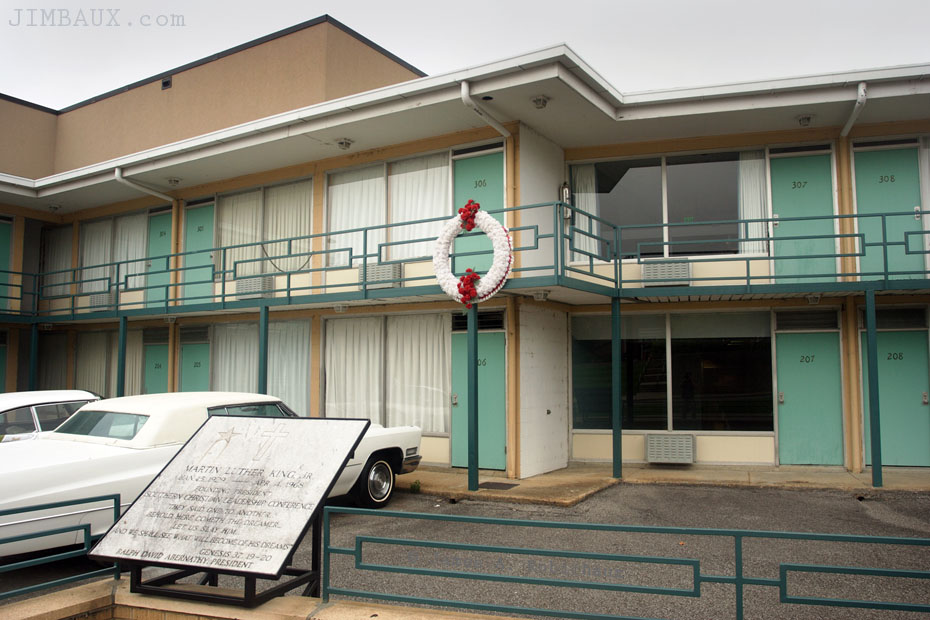

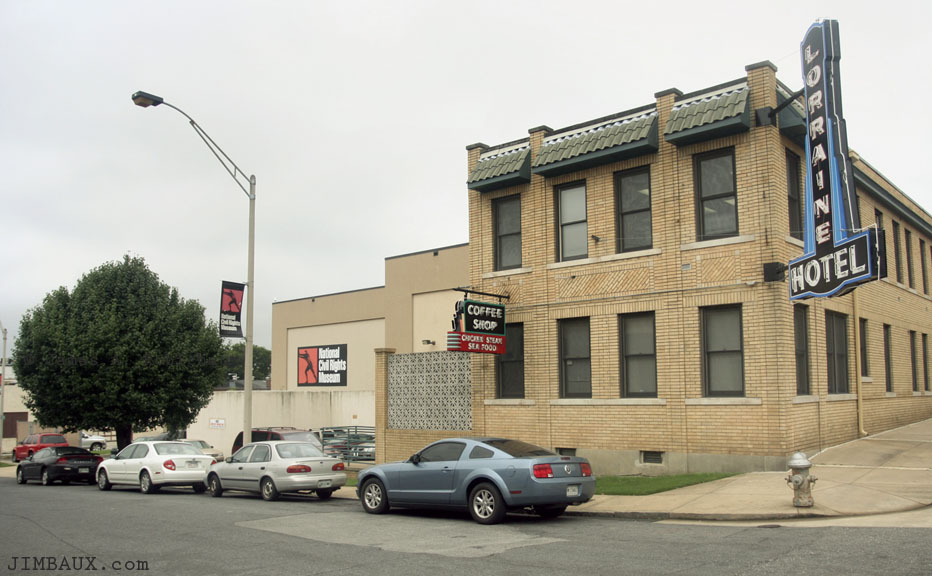
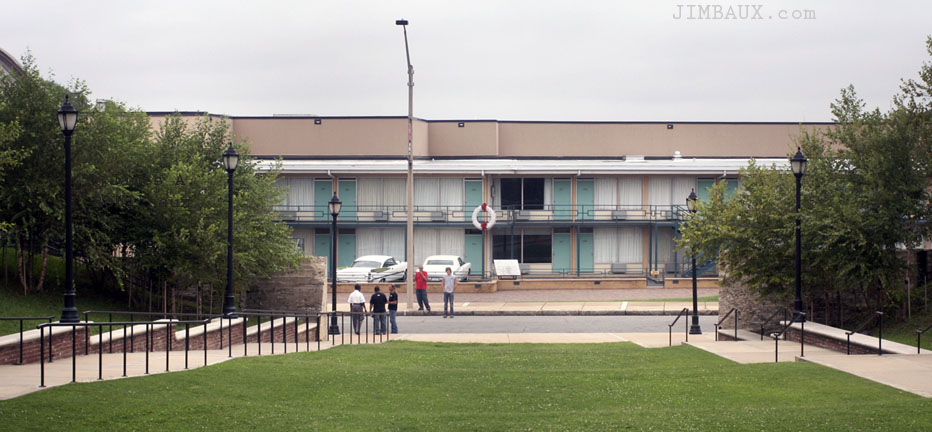
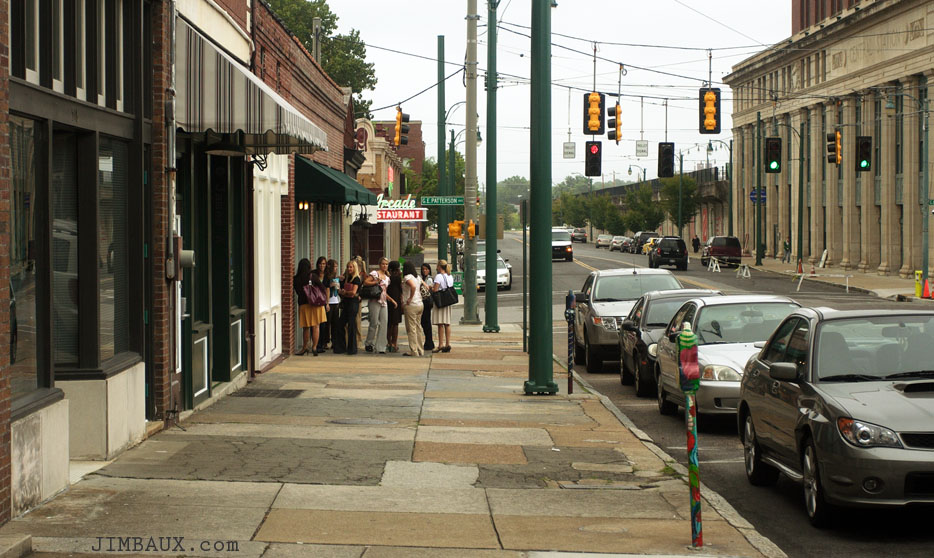
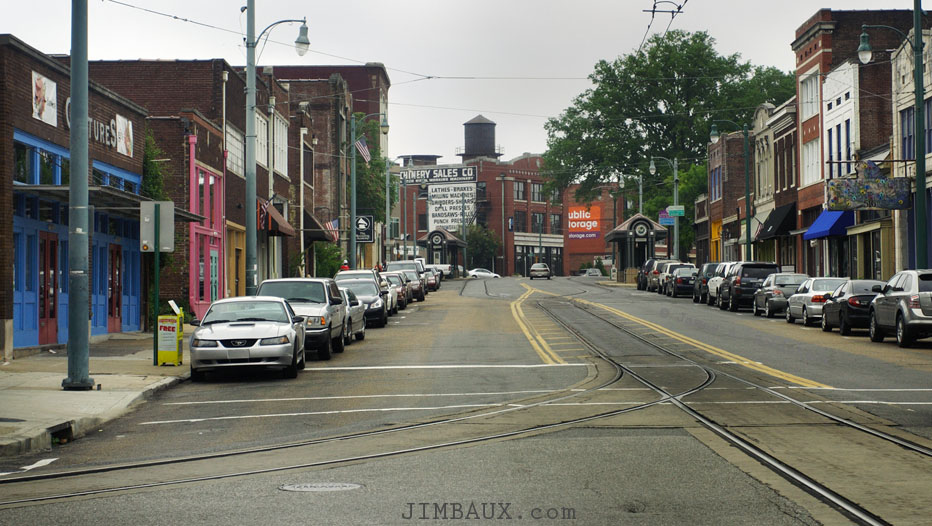
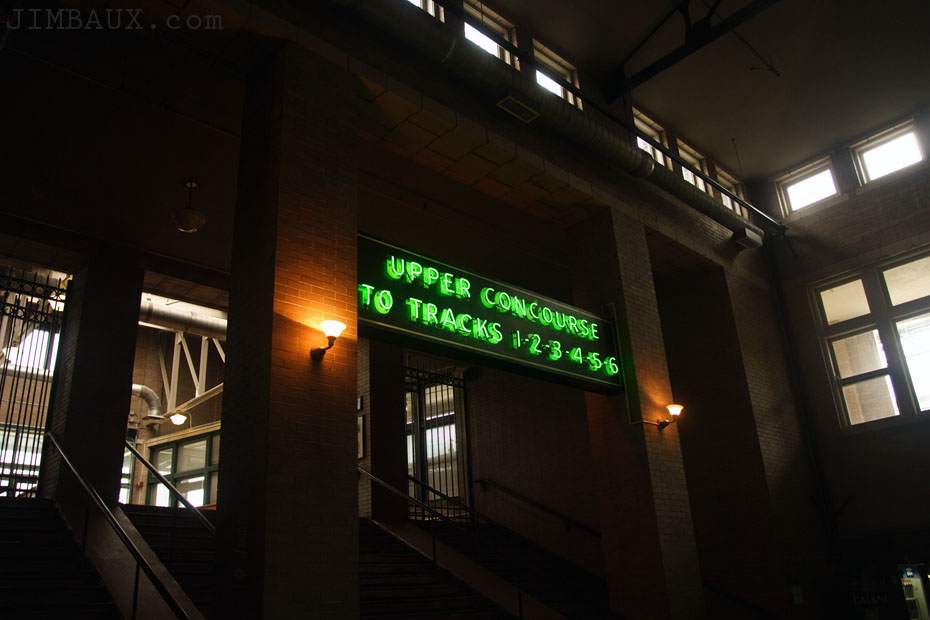
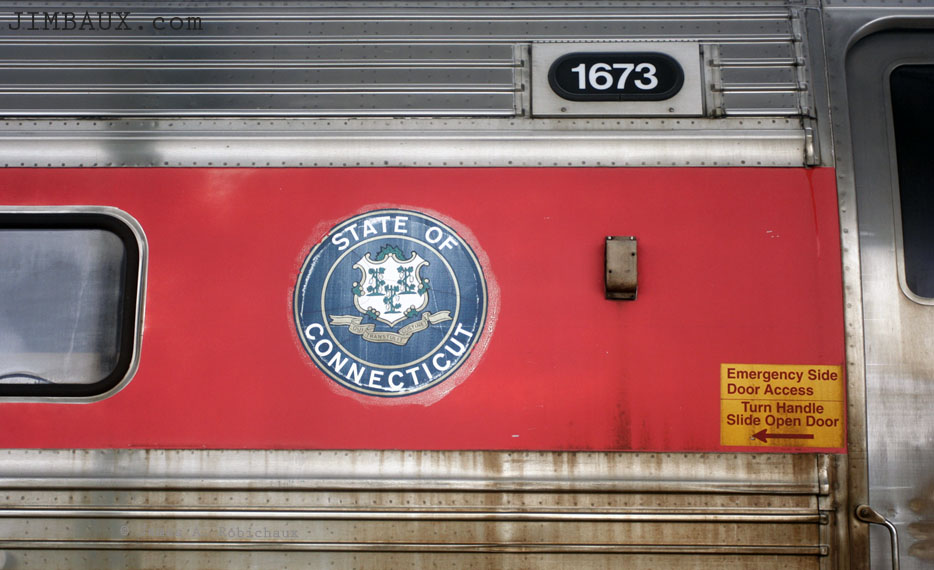
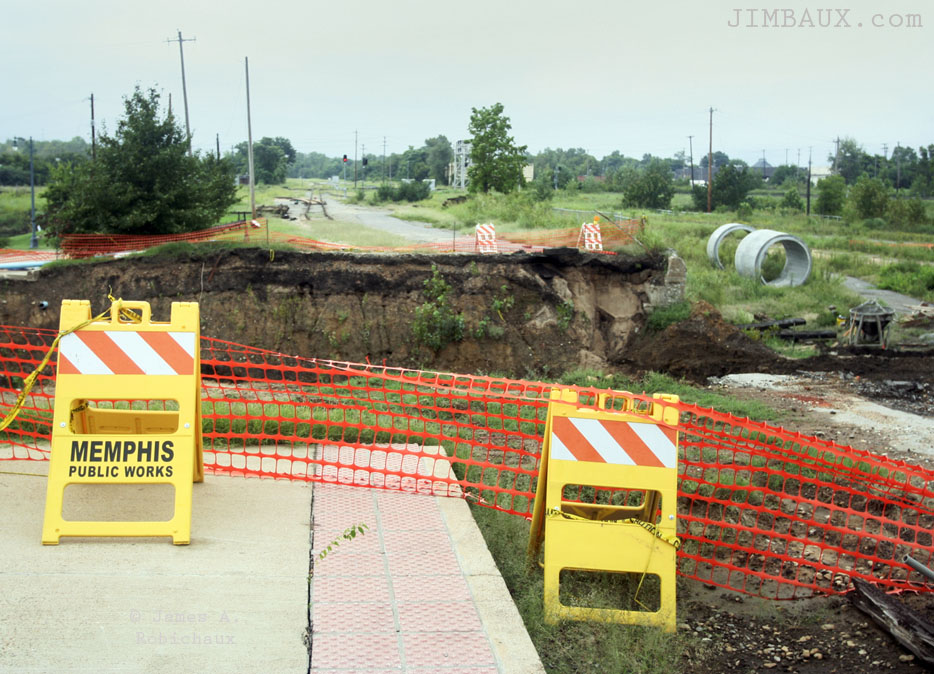

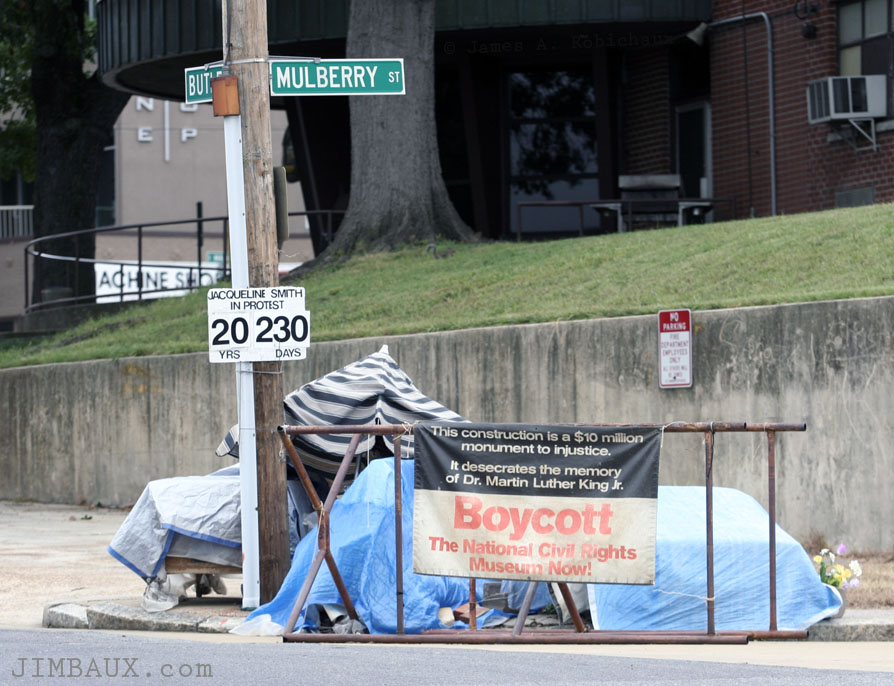
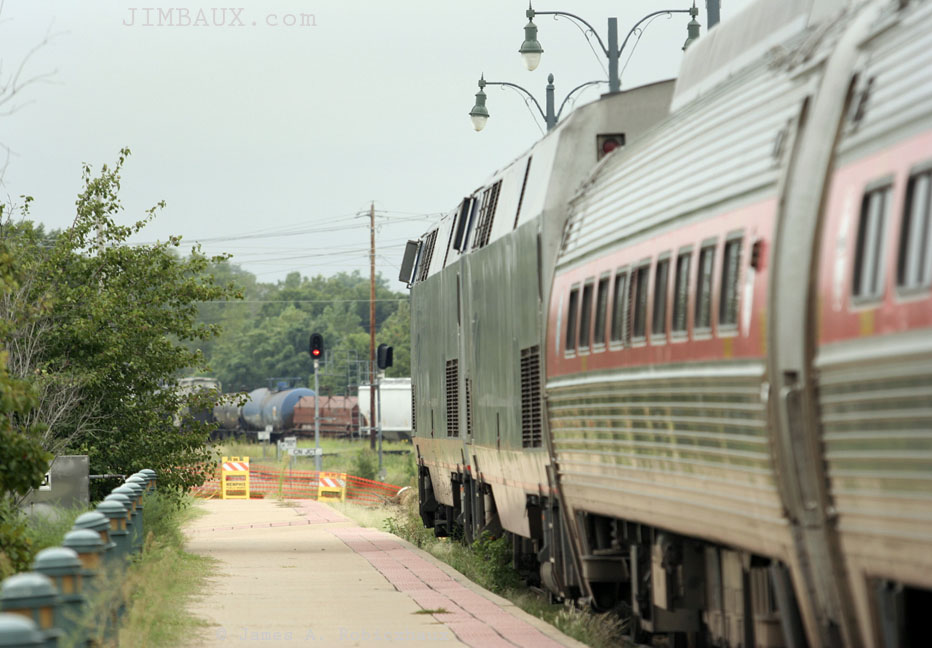
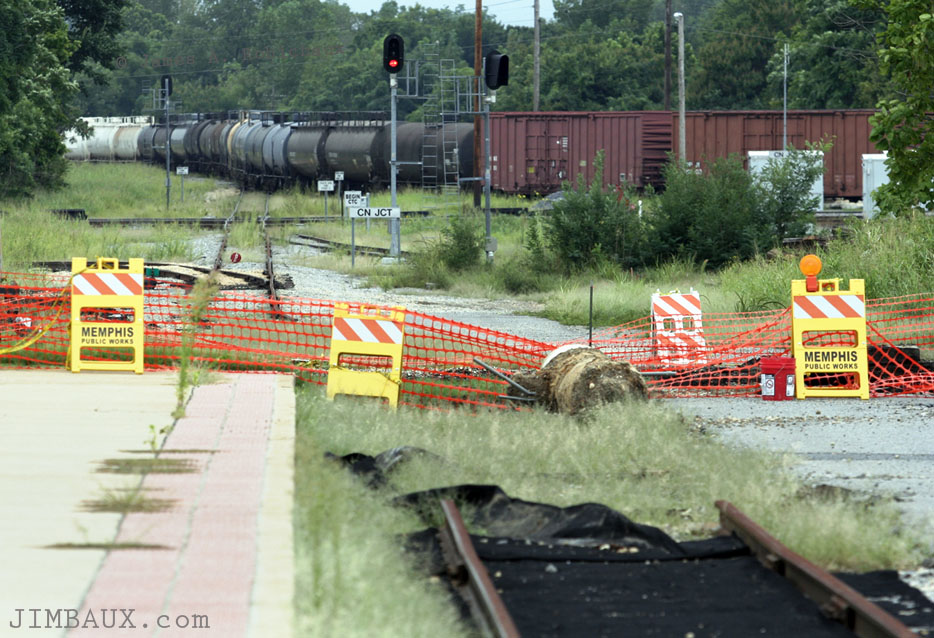
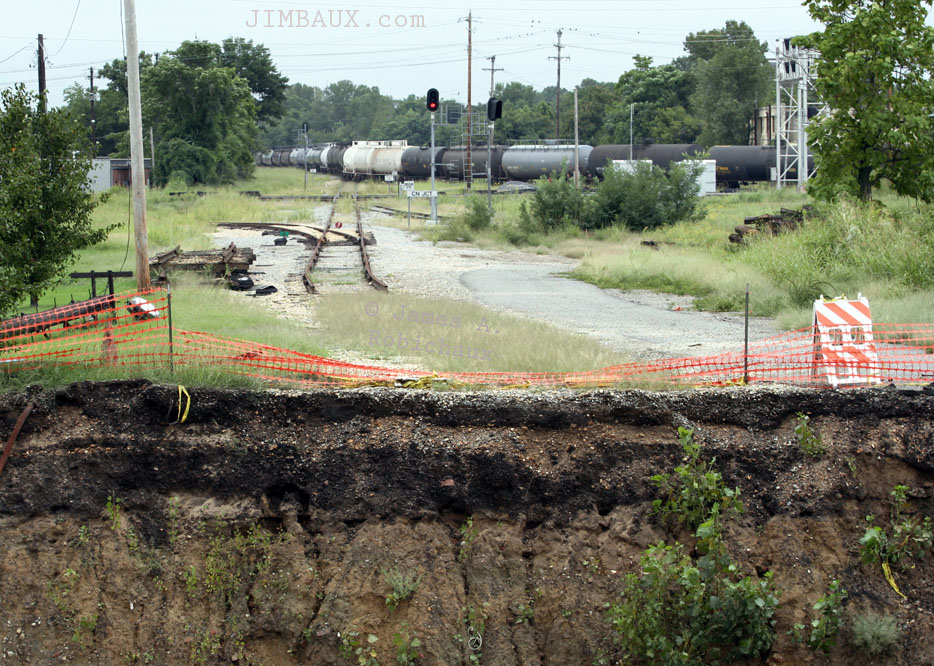
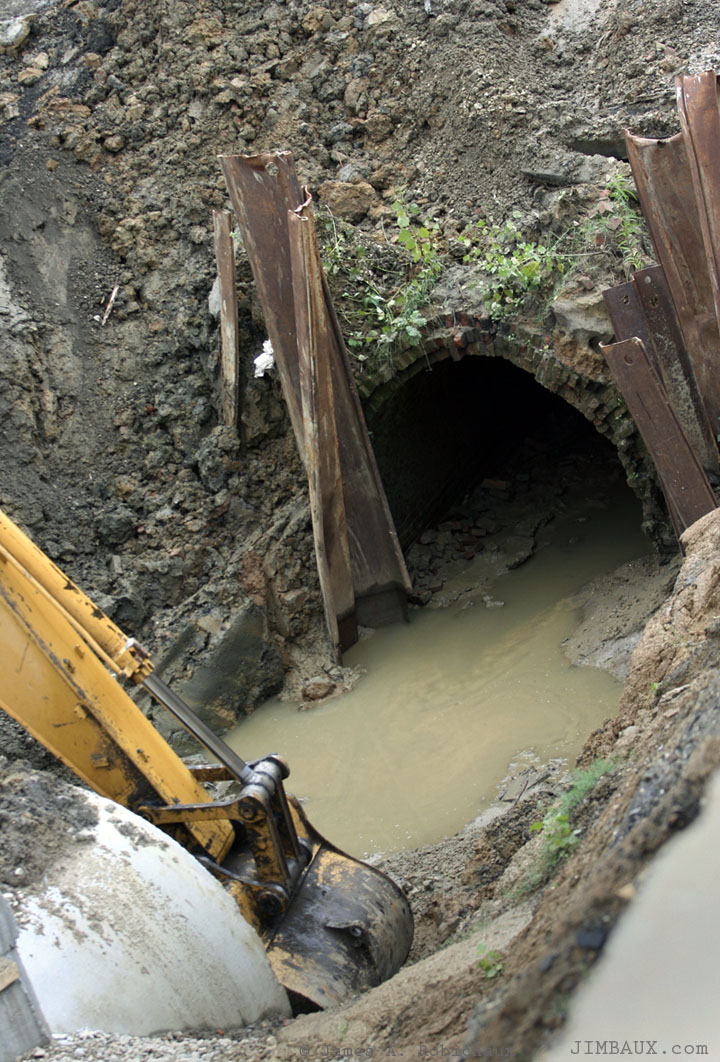
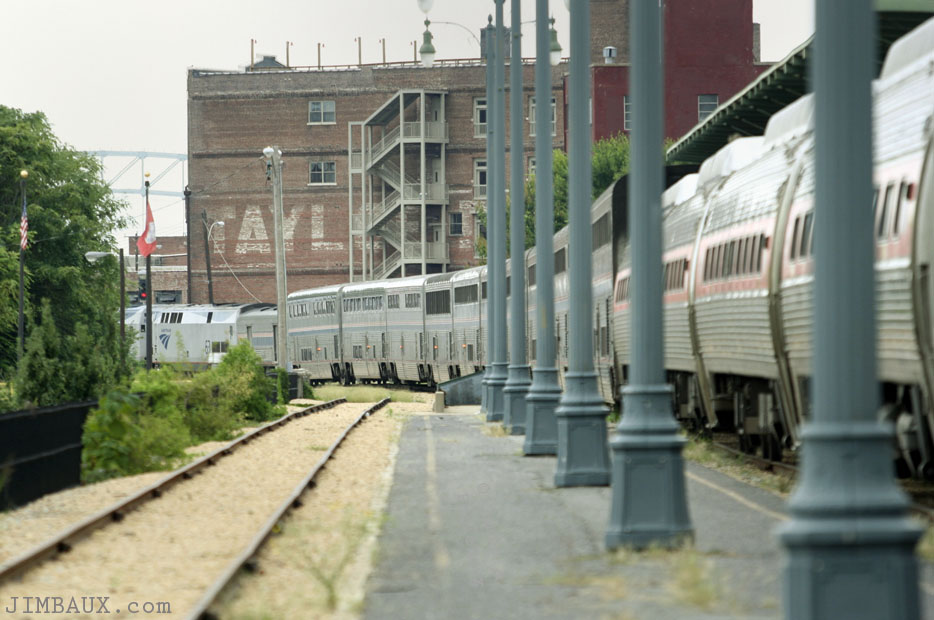
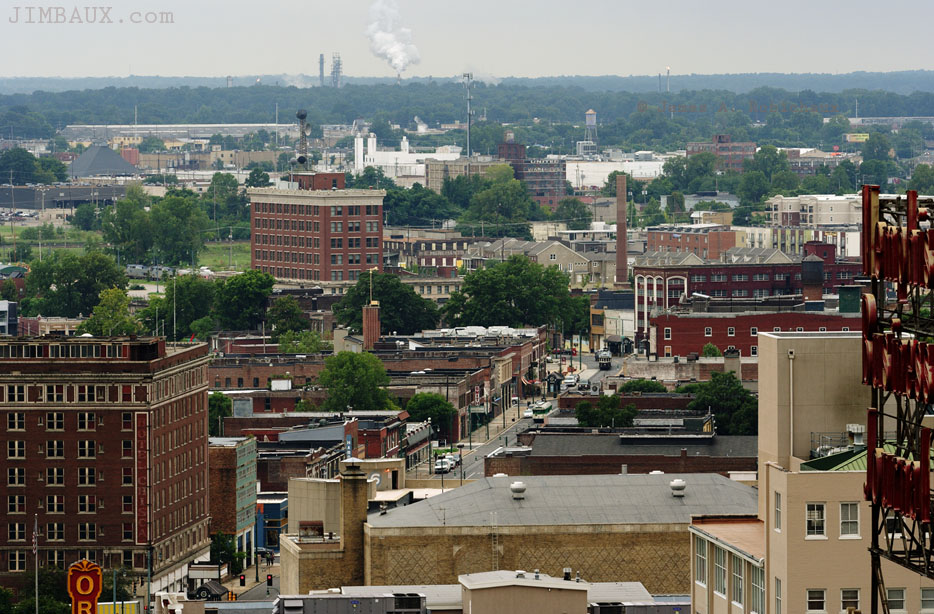


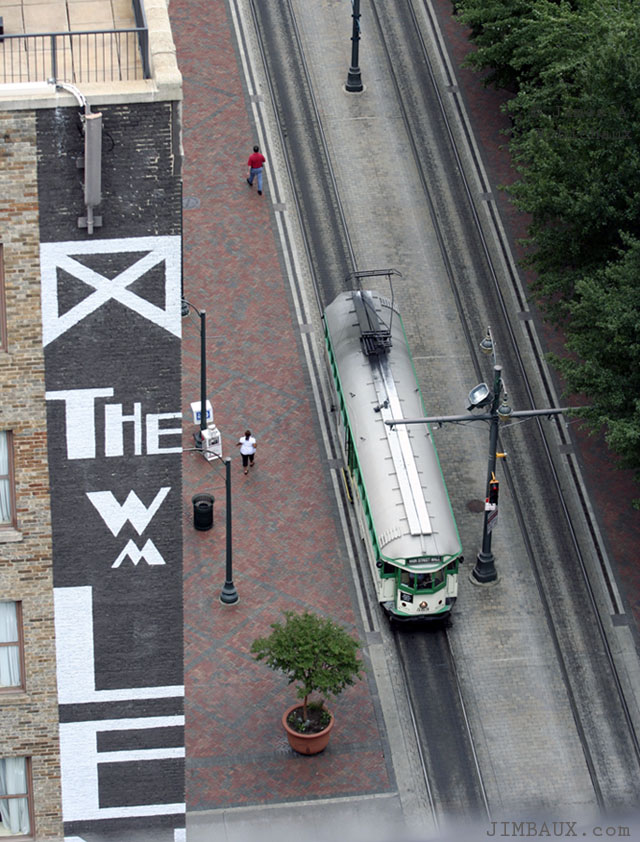
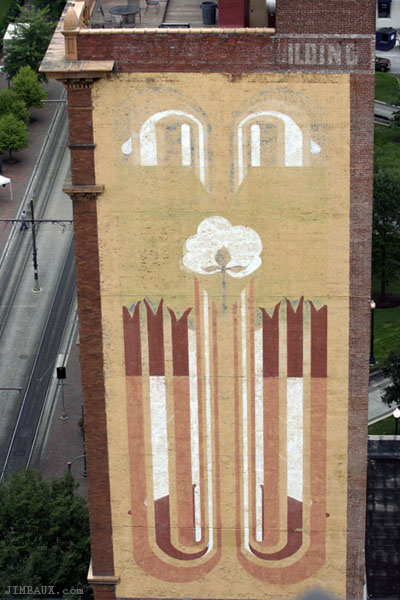


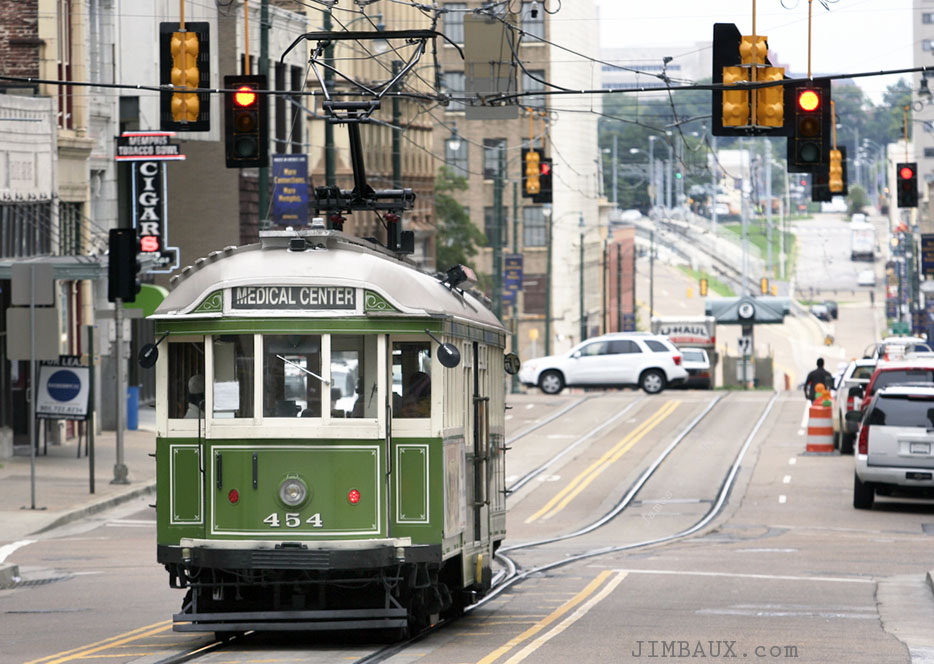
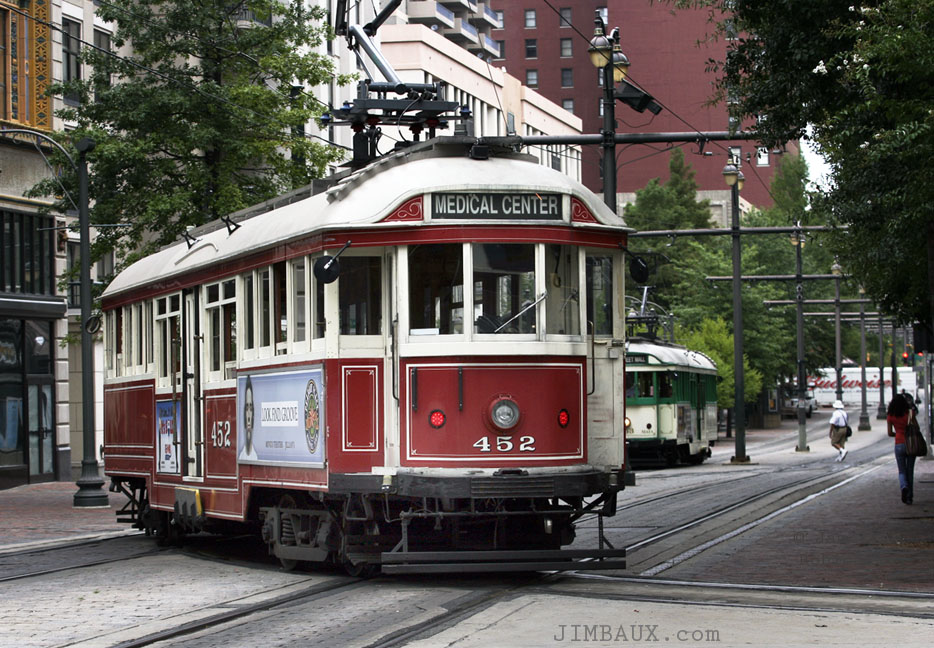
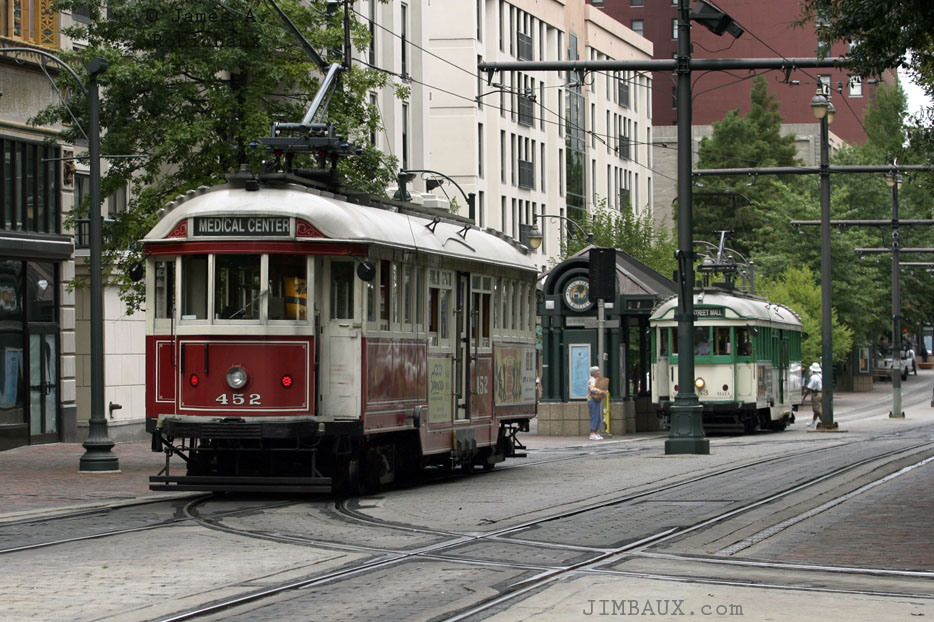
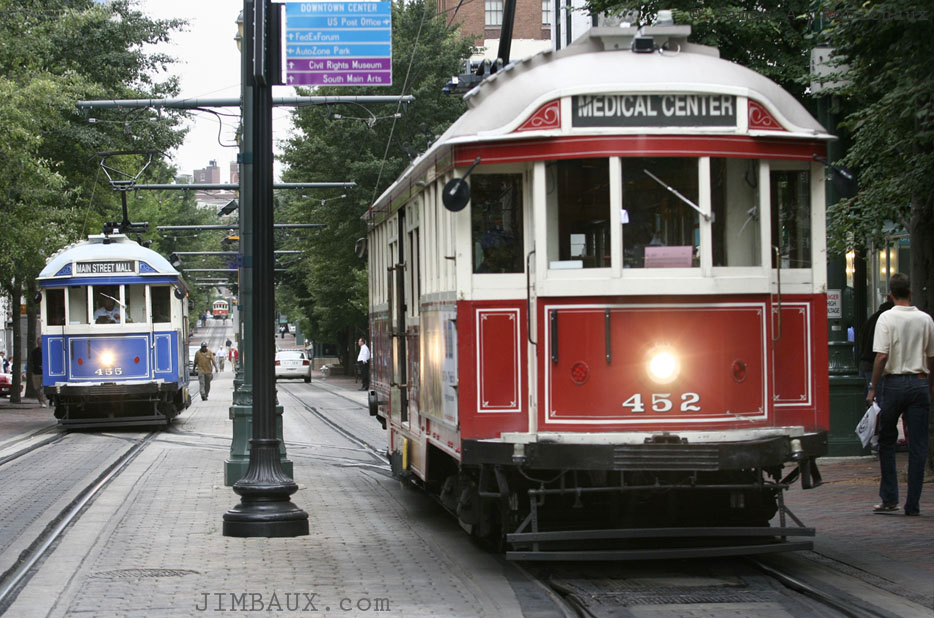


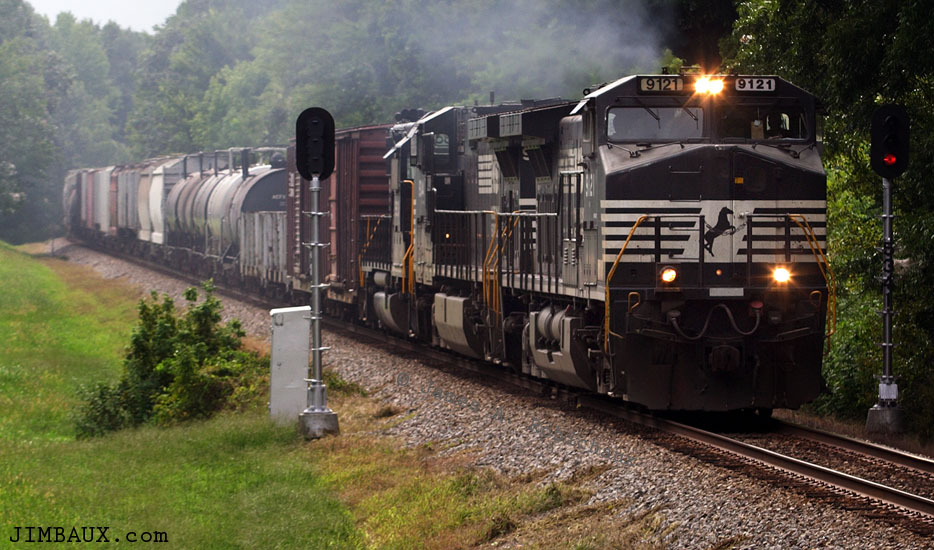
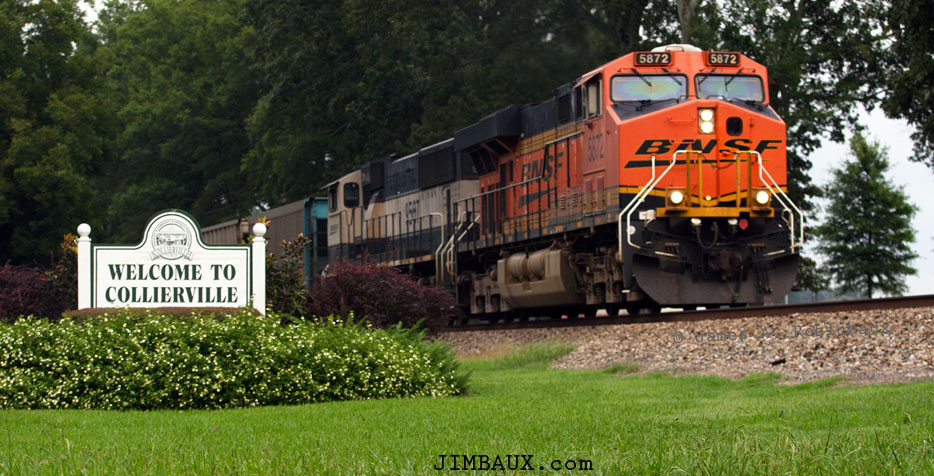
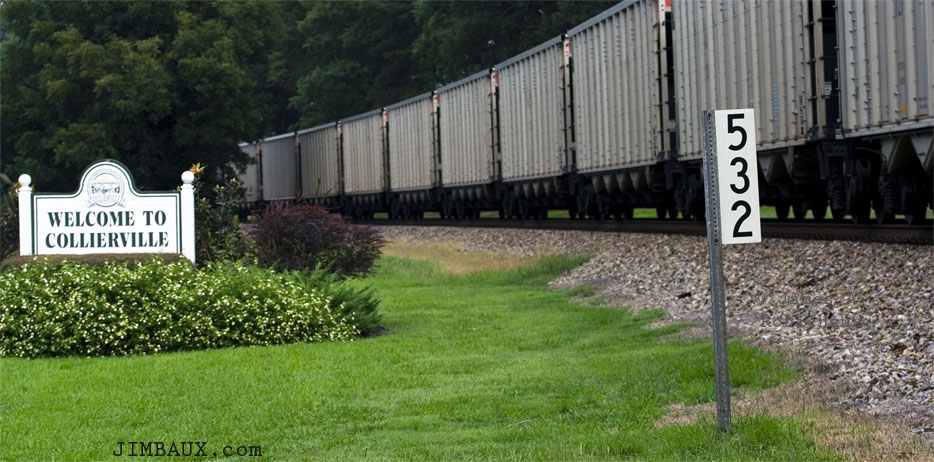
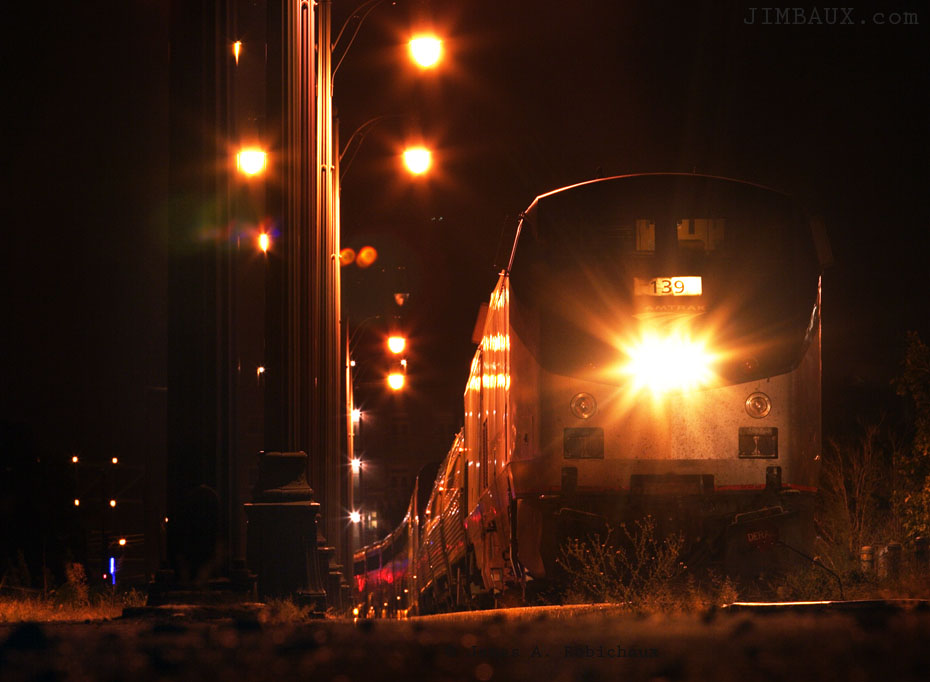
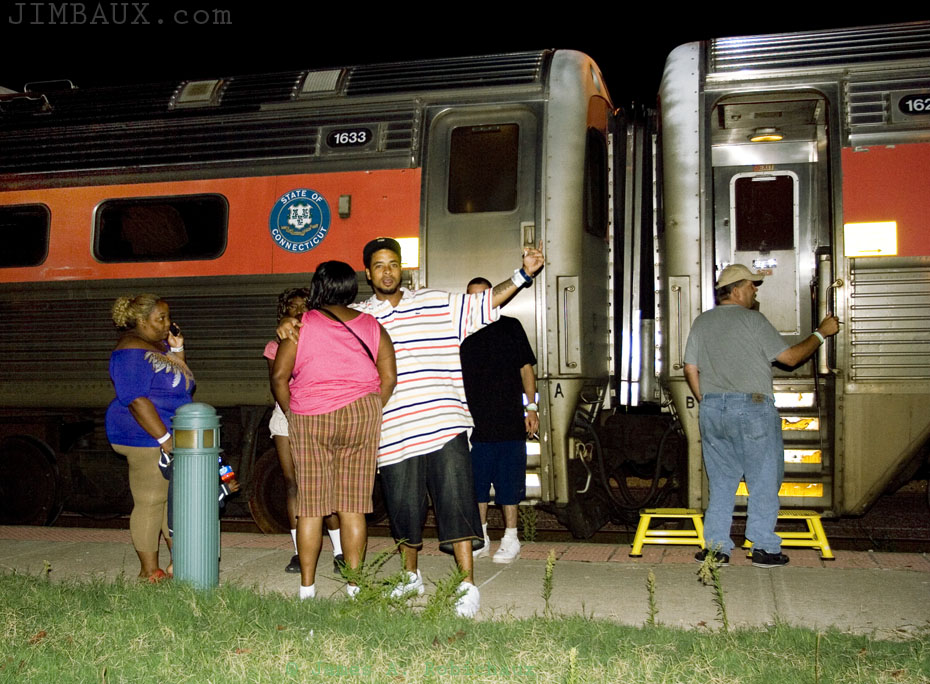
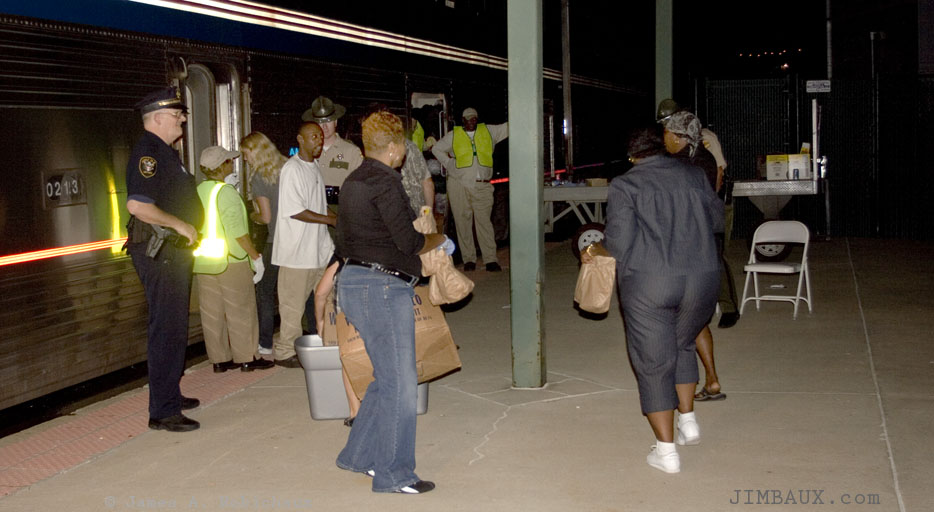
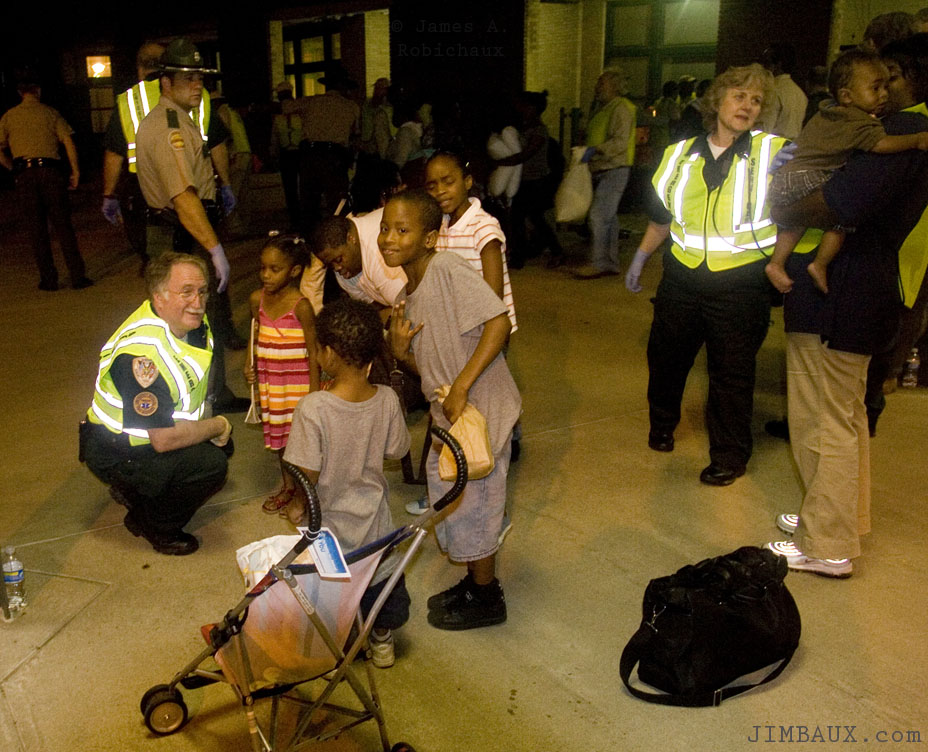

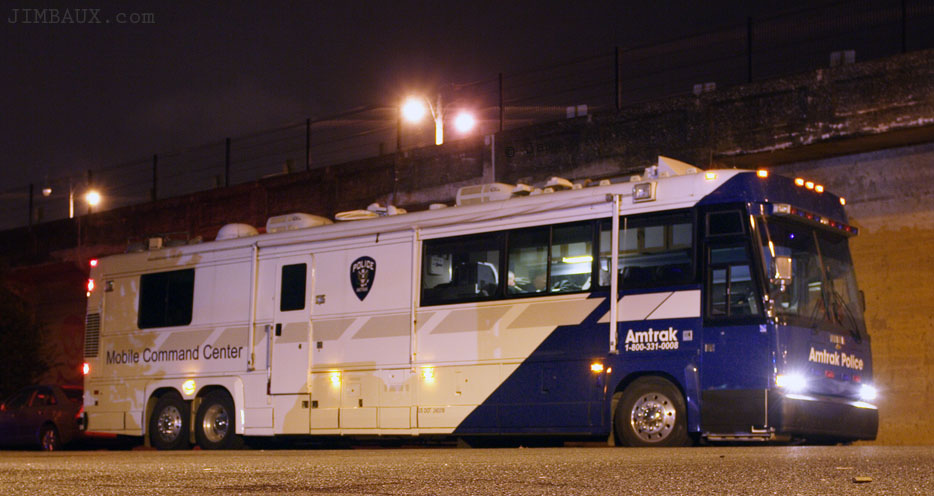

{ 5 comments… read them below or add one }
Thanks for the Lorraine Motel pics and the grassy knoll is very green! The evacuation pictures bring back so many memories. Even though your pictures are of streets and evacuation stations out of state, they all end up looking the same. The cries, devastation, hopelessness, or on the other hand the praise, thanks, and gratefulness for surviving are prominent dependent on the type of individual you are dealing with. I have worn too many reflective vests in my days and consoled more than I care to remember, but I always knew that working with the public (even though the $$ sucks) was something I was destined to do and I can’t seem to get away from it. From paramedic, to cop, to investigator I am always right there in the high emotional situations.
Thank you for capturing the public service workers smiling, consoling, and interacting with the public. I know that they too have their heart in service.
Great post. Memphis does seem interesting and I’m sure anyone could find something to do with little effort. Love the Einstein quote. I’ve never heard it and I’ll try to remember it.
James,
Very impressive. I see what is a white 1971-72 Cadillac next to a 1958 Dodge. (I know the years because I remember the cars when they came out). Are these cars props to make the scene vintage? MLK was shot in 1968 so some people would not recognize the cars as being from a different year. Now see what has happened, We are always calling some of the rail fans rivet counters and here I am quibbling about what year those cars are.
Very nice commentary about MLK also.
Danny
I moved to the Memphis area in September 2009 and the sinkhole had been repaired by then. I can imagine that CN probably wasn’t too keen on fixing it, as they don’t have any customers save Sugar Services (the turnout to the right of your picture just past the signal) in that area. All the other customers on that line are on its extreme north end and are served out of a small yard at Woodstock, just south of Millington, TN. They have used it for detours a couple of times I’ve been told, but apart from Amtrak, nothing else really uses that line. I’m sure whomever was responsible for maintenance of the culvert probably footed the bill.
Almost all NS and CSX traffic destined for Memphis is destined for interchange with UP, CN, or BNSF. I am not aware of any interchange that they would do with each other unless it is a wayward car that got put on the wrong train somewhere else and is now being turned around to head back east.
To answer your questions about milepost numbering, here goes:
NS – miles from Bristol, TN.
CSX – miles from Louisville, via Bowling Green over lines that no longer exist or have been spun off. RJ Corman owns a segment just south of Bowling Green.
BNSF – miles from Springfield, MO, which was a big junction for the Frisco.
CN – Is miles to Chicago via the Edgewood Cutoff. South of Memphis the Yazoo Sub starts with new mileposts, presumably from junction switch off of the Memphis Sub on the line used to by Amtrak to bypass Johnston Yard. Grenada Sub to the south (operated by the Grenada RR) carries on the milepost numbering, which terminates at Water Valley Jct just north of Grenada, where the mileposts from the old original (Fulton, KY – Jackson, TN – Holly Springs – Oxford – Grenada) IC main pick back up. Much of the line south of Jackson is either abandoned, or operated by the Mississippi Central RR out of Holly Springs, MS.
A tram (also known as a tramcar; a streetcar or street car; and a trolley, trolleycar, or trolley car) is a rail vehicle which runs on tracks along public urban streets (called street running), and also sometimes on separate rights of way. Trams powered by electricity, which were the most common type historically, were once called electric street railways. Trams also included horsecar railways which were widely used in urban areas before electrification reached the world.
Trams may also run between cities and/or towns (for example, interurbans, tram-train), and/or partially grade separated even in the cities (light rail). Trams very occasionally also carry freight.
From Wikipedia
You must log in to post a comment.
{ 1 trackback }